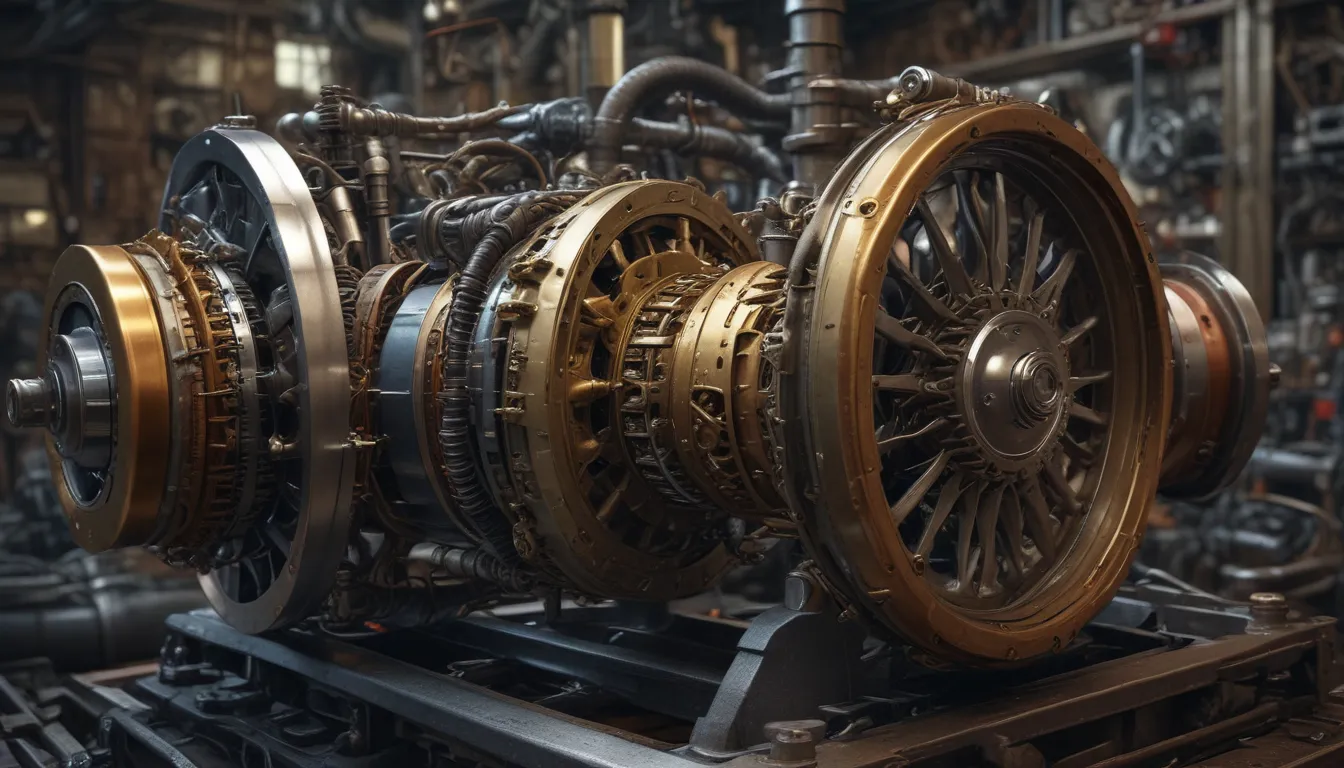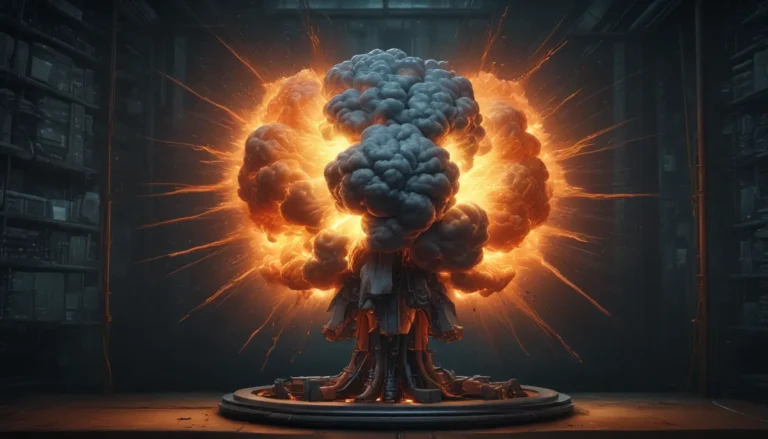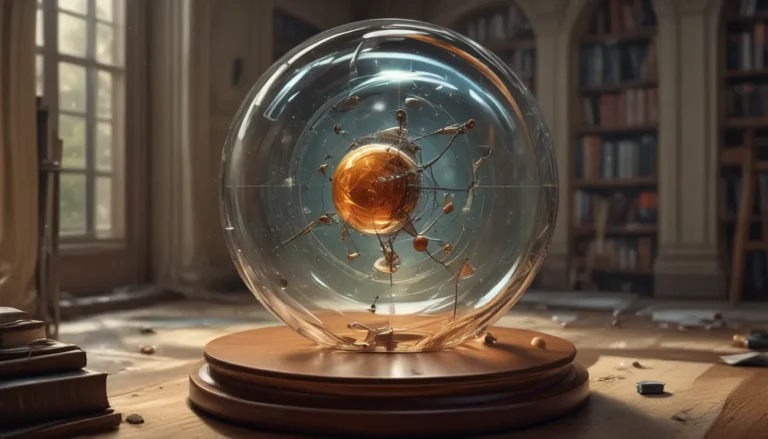A Note About Images: The images used in our articles are for illustration purposes only and may not exactly match the content. They are meant to engage readers, but the text should be relied upon for accurate information.
Welcome to the world of mechanical engineering, a captivating field that influences every aspect of our lives, from the vehicles we drive to the buildings we inhabit. In this article, we will delve into the intriguing facets of mechanical engineering, exploring its ancient origins, notable figures, and revolutionary advancements. Join us on a journey through time and innovation as we unveil the marvels of machines and the brilliance of mechanical engineers.
Ancient Ingenuity: The Roots of Mechanical Engineering
Ancient civilizations laid the groundwork for mechanical engineering with their innovative use of levers, pulleys, and complex machinery. The Egyptians, in particular, demonstrated exceptional engineering prowess in constructing monumental structures like the pyramids, showcasing the early principles of mechanical systems that continue to influence modern engineering practices.
The Genesis of “Mechanical Engineering”
In the 18th century, the term “mechanical engineering” was coined by the French engineer Guillaume Amontons to describe the application of scientific principles in designing machinery. This pivotal moment marked the formal recognition of the field that has since evolved into a dynamic and multifaceted discipline.
The Industrial Revolution: A Mechanical Renaissance
The first Industrial Revolution, characterized by groundbreaking technological advancements, saw the emergence of mechanical engineering as a driving force behind innovation. Inventions such as the steam engine and the spinning jenny revolutionized manufacturing processes, ushering in a new era of industrialization and setting the stage for modern mechanical engineering practices.
Versatility in Action: The Diverse Applications of Mechanical Engineering
Mechanical engineering boasts a remarkable versatility that spans a multitude of industries, including automotive, aerospace, energy, and manufacturing. From designing cutting-edge automobiles to developing sophisticated robotics systems, mechanical engineers engage in a wide array of projects that shape the technological landscape of our world.
The Ingenious Problem-Solvers: Traits of Mechanical Engineers
At the core of mechanical engineering lies a passion for problem-solving. Mechanical engineers possess a unique blend of analytical skills and creative thinking, allowing them to tackle complex challenges by applying principles of physics, mathematics, and materials science. Their ability to innovate and adapt enables them to devise practical solutions to real-world problems.
The Power of Collaboration: Cross-Disciplinary Endeavors in Mechanical Engineering
Collaboration is key in the realm of mechanical engineering, as professionals from various disciplines come together to tackle complex challenges. Mechanical engineers often work in teams with experts in fields such as electrical engineering and computer science, fostering a culture of innovation and leading to the development of cutting-edge, multidisciplinary solutions.
Leonardo da Vinci: A Renaissance Man of Mechanical Engineering
Renowned for his artistic masterpieces, Leonardo da Vinci was also a visionary mechanical engineer. His ingenious designs, which included flying machines, hydraulic systems, and military weaponry, continue to inspire engineers and artists alike, showcasing the timeless creativity and innovation inherent in mechanical engineering.
The Marvel of Skyscrapers: Engineering Feats in the Modern Era
Mechanical engineering has played a pivotal role in the construction of awe-inspiring skyscrapers that defy gravity and reach unprecedented heights. Through advanced structural analysis, materials science, and innovative construction techniques, engineers create buildings that withstand environmental forces while providing safe and functional spaces for inhabitants.
Gustave Eiffel and the Iconic Tower: A Testament to Mechanical Ingenuity
The iconic Eiffel Tower, designed by the renowned engineer Gustave Eiffel, stands as a symbol of mechanical engineering excellence. Constructed for the 1889 World’s Fair in Paris, the tower exemplifies the application of mechanical engineering principles in creating a monumental structure that has captivated the world for generations.
Pushing Boundaries: The Space Elevator Concept
In the realm of visionary ideas, the concept of a space elevator stands out as a testament to the creative potential of mechanical engineering. Imagining a tethered structure that connects Earth to space, this revolutionary concept challenges traditional notions of space travel and exemplifies the innovative spirit of mechanical engineers in pushing the boundaries of possibility.
Revolutionizing Industries: Robotics and Automation in Mechanical Engineering
The robotics revolution has transformed industries with the development of advanced robots capable of performing intricate tasks. Mechanical engineers play a crucial role in designing and implementing robotic systems for applications ranging from manufacturing processes to surgical procedures, revolutionizing efficiency and precision in various fields.
Leading the Charge for Sustainability: Renewable Energy Solutions
Mechanical engineers are at the forefront of developing sustainable energy solutions, designing and optimizing technologies such as wind turbines, solar panels, and hydroelectric systems. By harnessing the power of nature, mechanical engineers pave the way for a sustainable future and provide alternatives to traditional energy sources.
Embracing Innovation: The 3D Printing Revolution in Manufacturing
Additive manufacturing, or 3D printing, has revolutionized the manufacturing industry with its ability to create intricate prototypes and end-use parts with precision and efficiency. Mechanical engineers leverage this cutting-edge technology to optimize designs and streamline production processes, ushering in a new era of manufacturing innovation.
Icons of Innovation: Influential Figures in Mechanical Engineering
Pioneers such as Nikola Tesla and Thomas Edison have left an indelible mark on the field of mechanical engineering with their groundbreaking inventions. Tesla’s contributions to power transmission and Edison’s innovations in motion picture technology and electric lighting showcase the far-reaching impact of mechanical engineering on modern society.
Breaking Barriers: The Interdisciplinary Work of Stephanie Kwolek
Chemist and mechanical engineer Stephanie Kwolek made history with her invention of Kevlar, a lightweight yet incredibly strong synthetic fiber used in bulletproof vests. Her interdisciplinary work exemplifies the collaborative nature of mechanical engineering, where innovation knows no boundaries and transcends traditional fields of study.
Embracing the Wonders of Mechanical Engineering
As we reflect on the impressive achievements and advancements in mechanical engineering, we are reminded of the boundless opportunities for innovation and creativity that define this dynamic field. From ancient origins to modern marvels, mechanical engineering continues to shape our world and inspire the next generation of engineers to push the boundaries of what is possible. Join us in celebrating the ingenuity, vision, and impact of mechanical engineering as we embark on a journey of exploration and discovery into the fascinating realm of machines and mechanisms.






